16 of the world’s most endangered animals in 2024
16 of the world’s most endangered animals in 2024
What are the most endangered animals in the world? The International Union for the Conservation of Nature (IUCN) classifies nearly 4,000 species as critically endangered, meaning they face such severe threats that they could soon become extinct in the wild. This list includes 16 examples of the planet’s most endangered animals, from birds, fish, and reptiles to marine and land mammals.
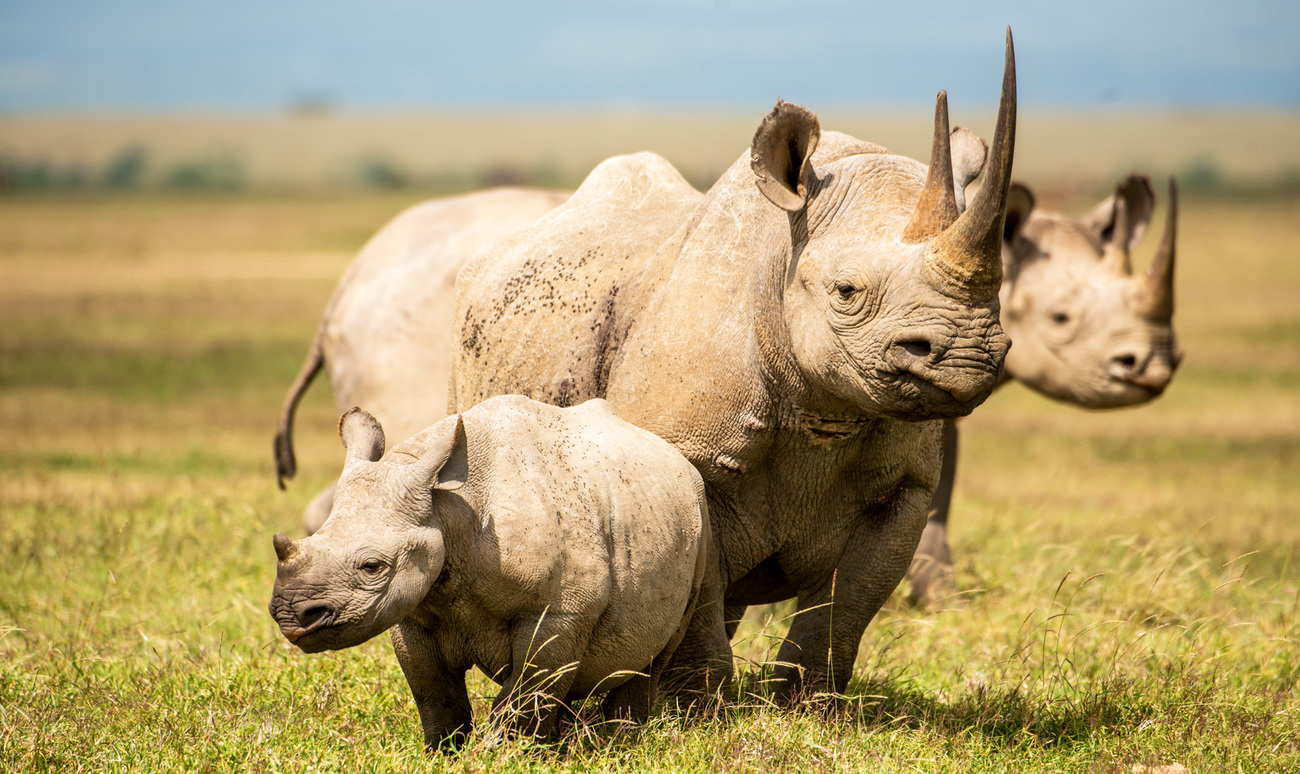
Rhinos
Some but not all rhino species are endangered. Black rhinos, Javan rhinos, Northern white rhinos (a subspecies of white rhinos), and Sumatran rhinos are classed by the IUCN as critically endangered.
As of the IUCN’s latest assessments, only about 18 Javan rhinos currently exist. Northern white rhinos are possibly extinct in the wild, with an estimated 0-2 individuals left. This makes them critically endangered. Black rhinos are also critically endangered, with an estimated 3,142 individuals remaining. There are only about 30 Sumatran rhinos remaining.
Javan rhinos are critically endangered due to poaching and illegal trade of their parts, particularly their horn. Though they used to range across Southeast Asia, India, and China, they now only live in one national park on the island of Java in Indonesia.
Black rhinos are critically endangered due to poaching, habitat loss, and climate change.
The northern white rhino is critically endangered due to threats of poaching and human conflict within its habitat.
The three main threats causing Sumatran rhinos to be critically endangered are population effects (due to their small population size), human disturbance, and poaching.
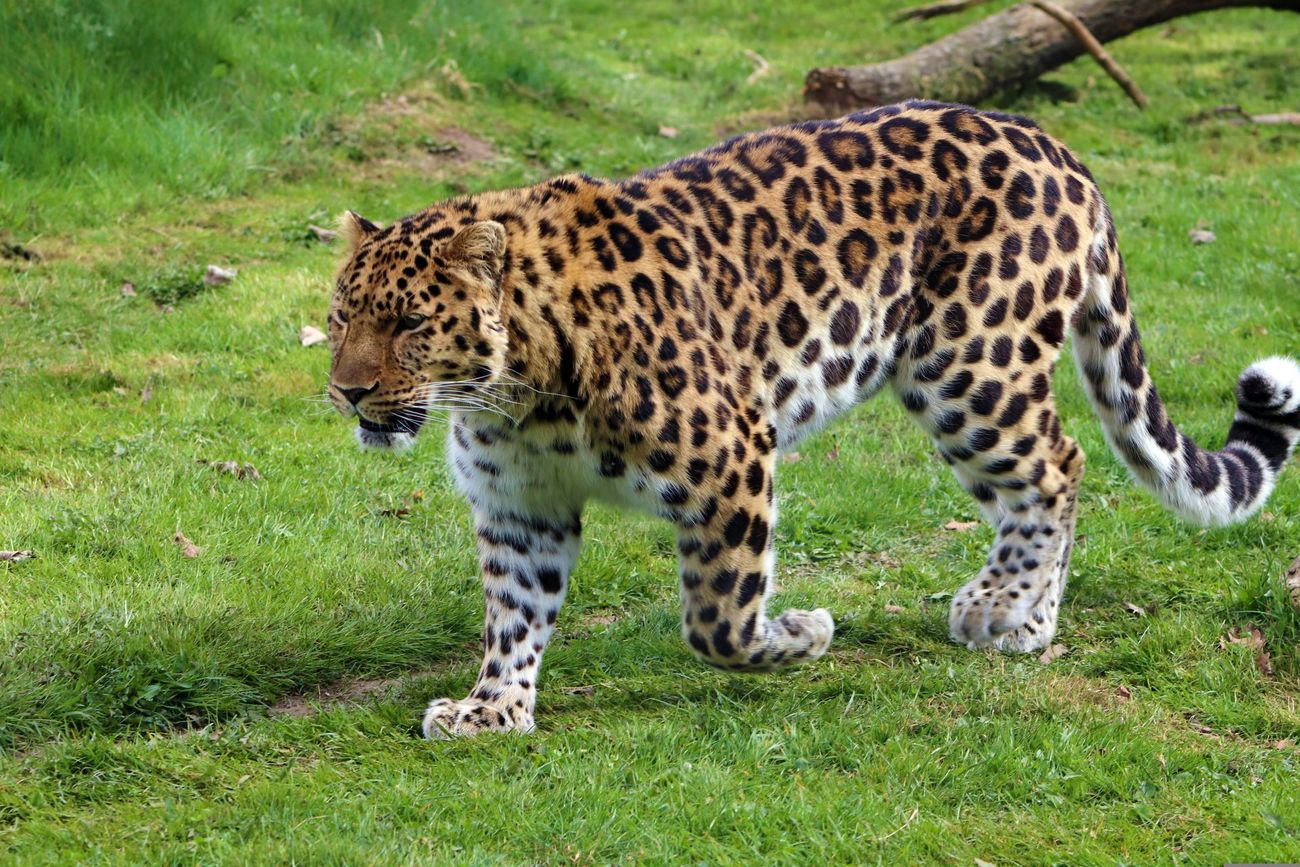
Amur leopards
The Amur leopard is not its own species, but rather is a subspecies of the leopard. They are native to the forests and mountains of eastern Russia and northern China. There are around 100 Amur leopards currently remaining, most of which live in the Russian Land of the Leopard protected area. Amur leopards are critically endangered due to habitat loss, primarily from man-made fires, as well as poaching and inbreeding, which is a result of their small population.
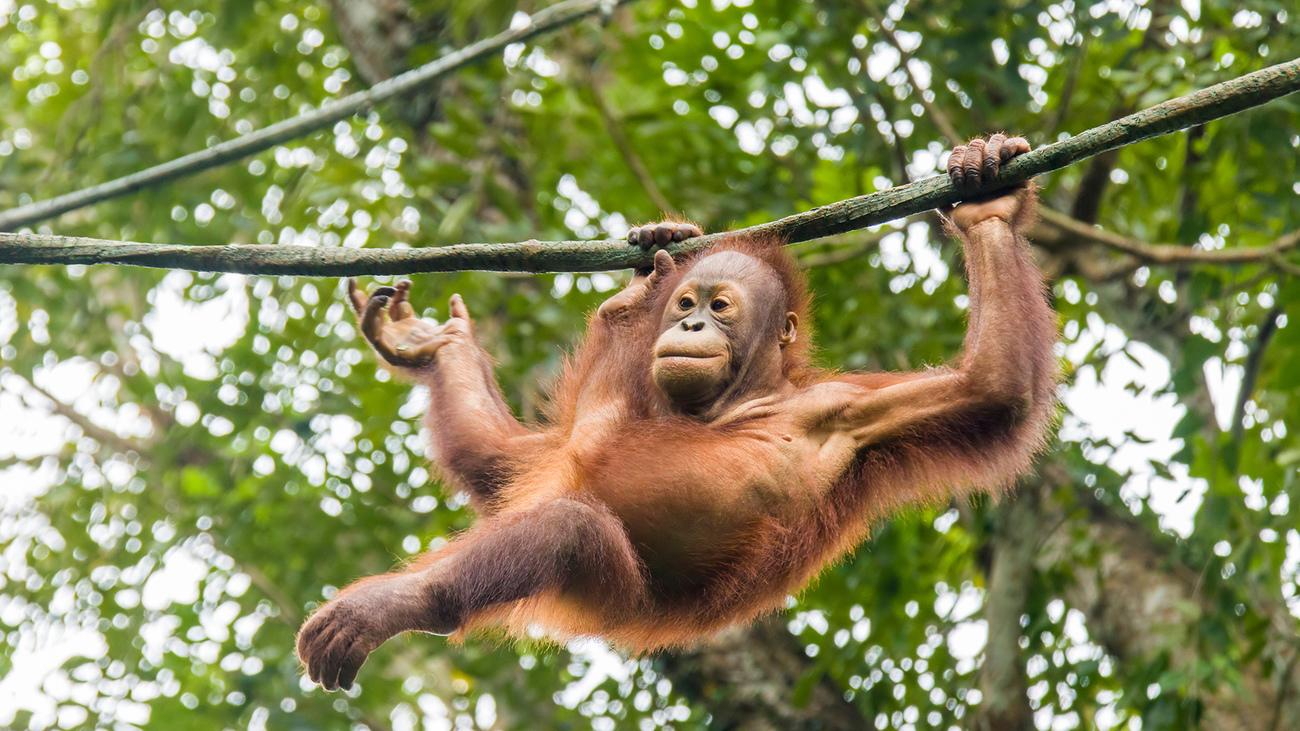
Orangutans
All three species of orangutan—the Sumatran orangutan, the Bornean orangutan, and the Tapanuli orangutan—are critically endangered. Orangutans face the threats of hunting, fires, and habitat destruction, often due to palm oil plantations—all of which are reducing their numbers.
Currently, there isn’t any accurate population information from the IUCN on orangutans, so we don’t know how many are left. We do know that their numbers are decreasing.
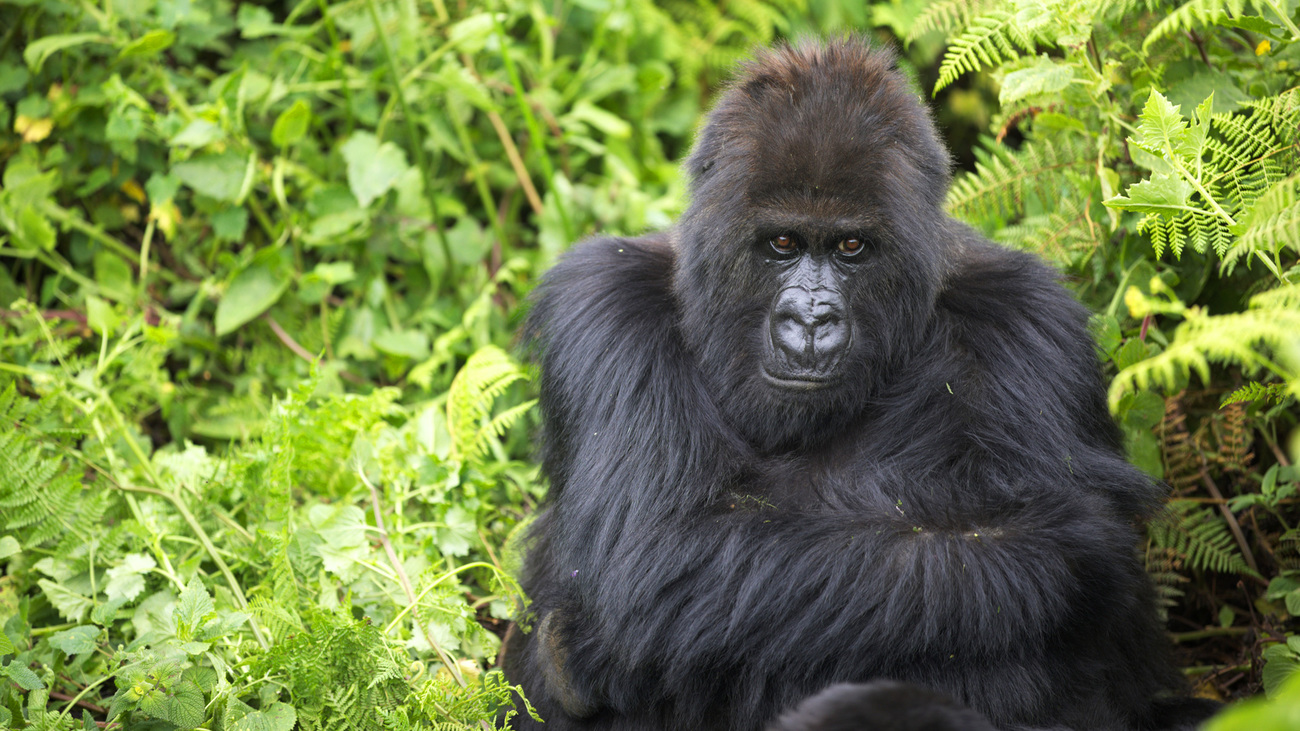
Gorillas
There are two species of gorillas, both which are critically endangered—the eastern gorilla and western gorilla. There are estimated to be only 2,600 eastern gorillas remaining in East Africa, and while the number of western gorillas is unknown, their population is reported to be decreasing. Mountain gorillas, a subspecies of the eastern gorilla, are endangered, and there are only about 600 remaining. However, their population is reportedly increasing.
Gorillas are primarily threatened by habitat loss, hunting for bushmeat, and disease.
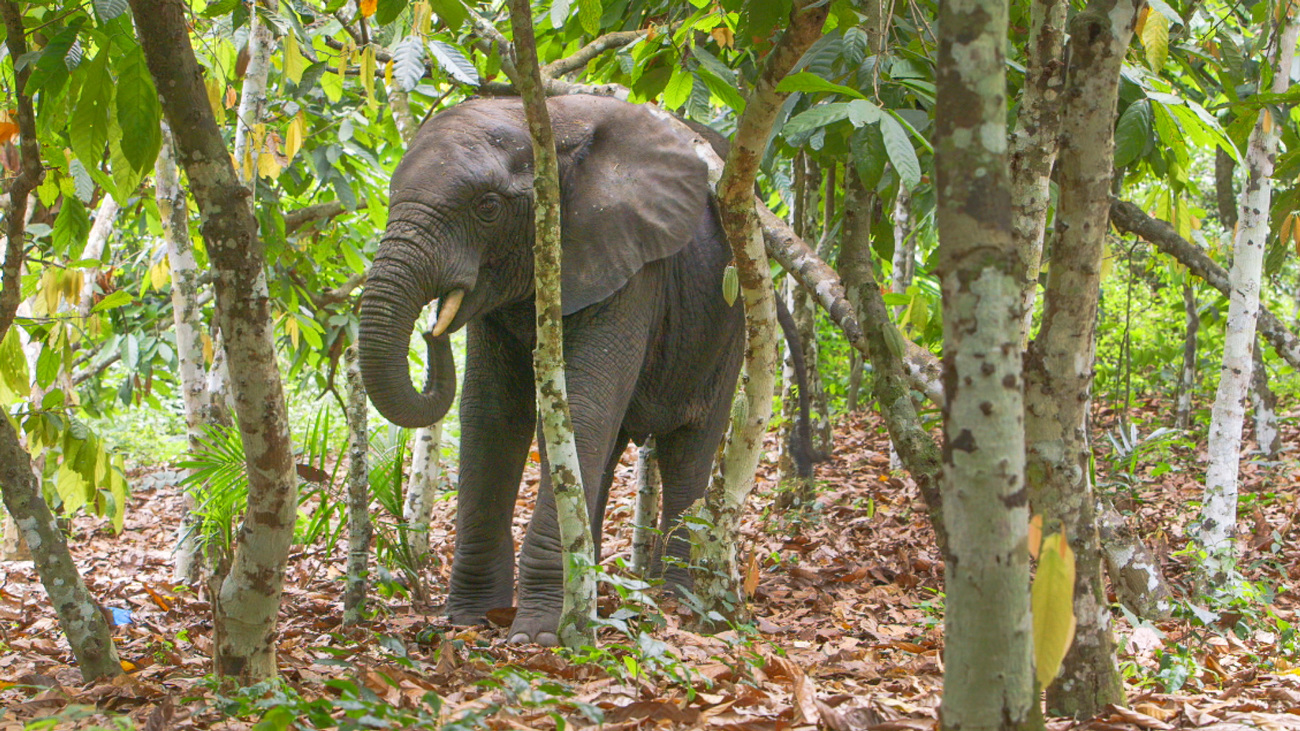
African forest elephants
All three elephant species are endangered, but the African forest elephant, native to the tropical forests of sub-Saharan Africa, is critically endangered. The African forest elephant faces threats of poaching and illegal trade, habitat loss, and human conflict in their range. Their slow reproduction also plays a role in their declining population.
While the number of African forest elephants left in the wild is unknown, their population is reportedly decreasing.
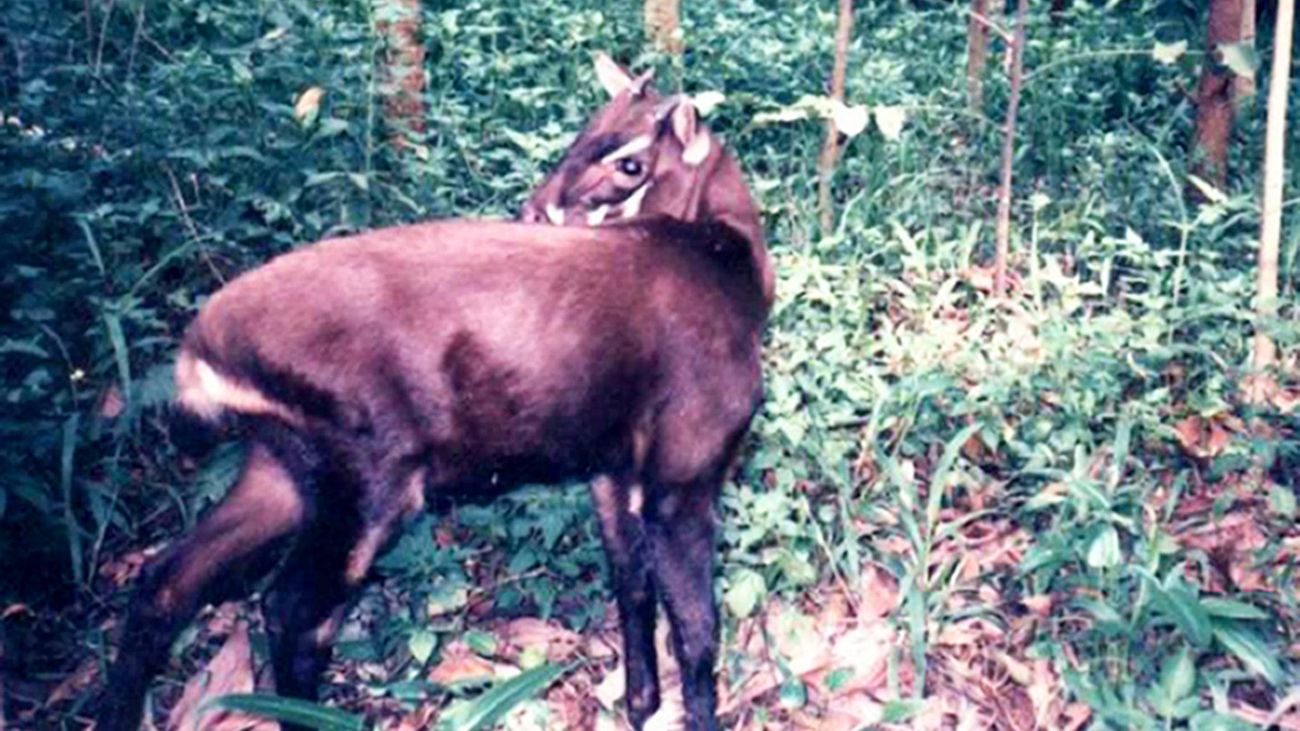
Saolas
The saola, also called the spindlehorn or Asian unicorn, is a forest-dwelling bovine native to Vietnam and Laos that looks similar to a deer. It is critically endangered due to commercial hunting, habitat destruction for commercial agriculture, roads, and mining, and the fact that the saola population is so small that individuals may become separated from one another and unable to breed.
It is estimated that there are only a few dozen to a few hundred saola remaining in the wild—likely far fewer than the high-end estimate of 750.
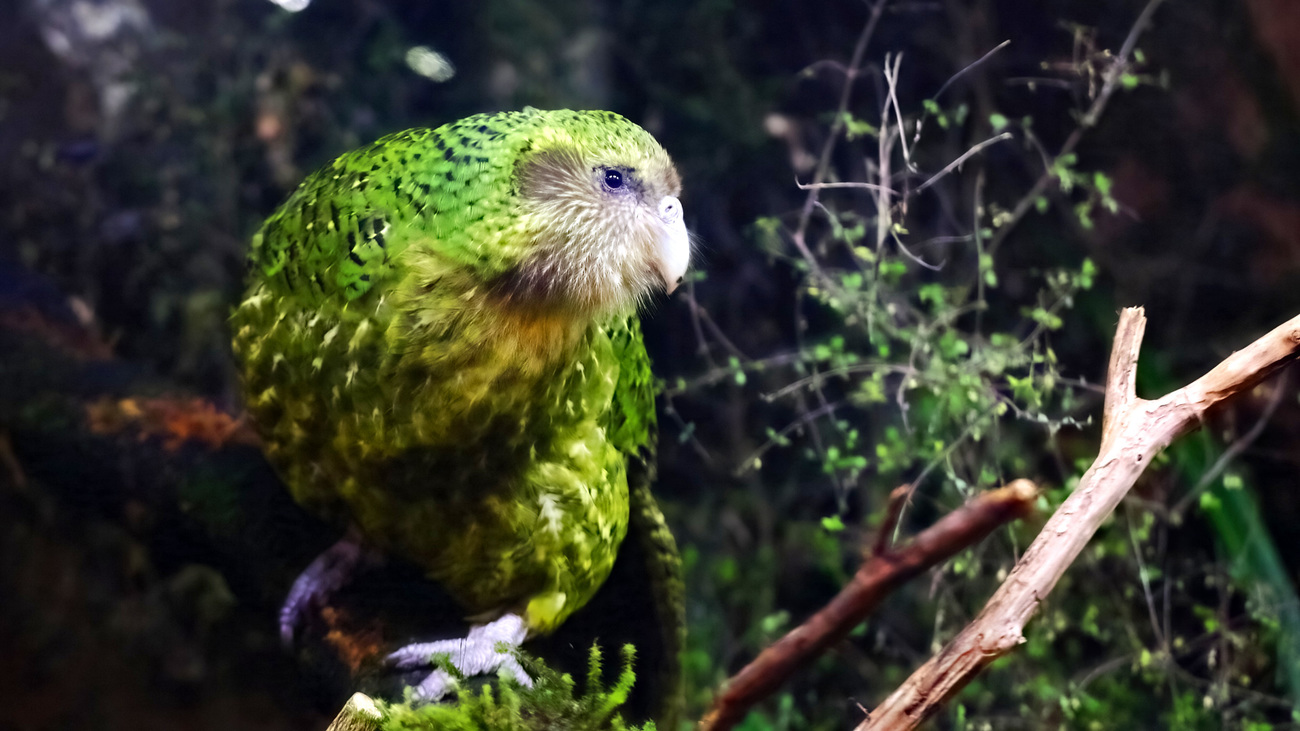
Kākāpōs
There are only about 116 kākāpōs (also known as owl parrots) left in southwestern New Zealand, according to the IUCN. They live only in this small area. The kākāpō is a large, rotund, green parrot. The world’s only flightless parrot, kākāpōs dwell on the ground and are nocturnal.
Threats kākāpōs face include being killed by domestic or feral cats, egg consumption by rats, disease, and low reproductive rates. They are classed by the IUCN as critically endangered.
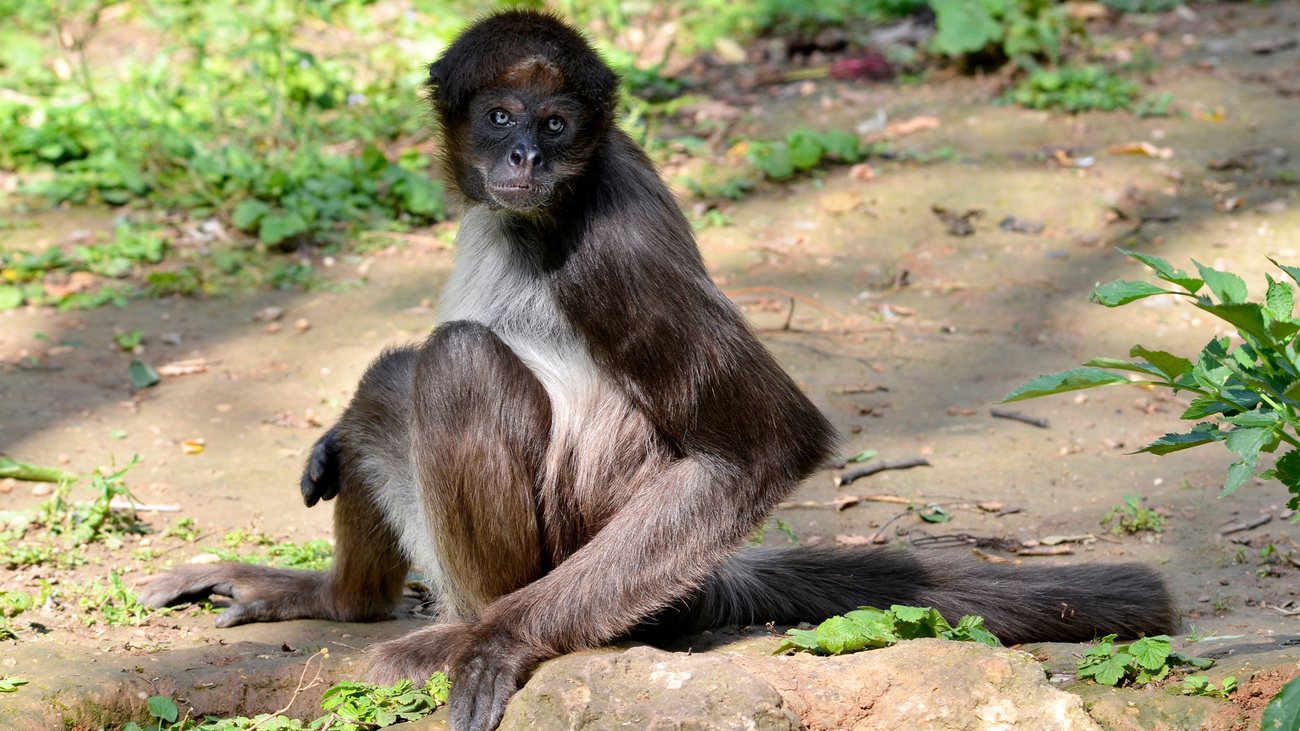
Brown spider monkeys
Yes, out of the seven species of spider monkeys, six are classed by the IUCN as endangered or critically endangered. The brown spider monkey is critically endangered and has a decreasing population, though its population numbers are unknown. Brown spider monkeys face threats of hunting and habitat loss.
Are spider monkeys good pets? No, spider monkeys should not be kept as pets. They are wild animals that cannot be domesticated, and because of their endangered status, illegal trade and trafficking pose a threat to spider monkeys.
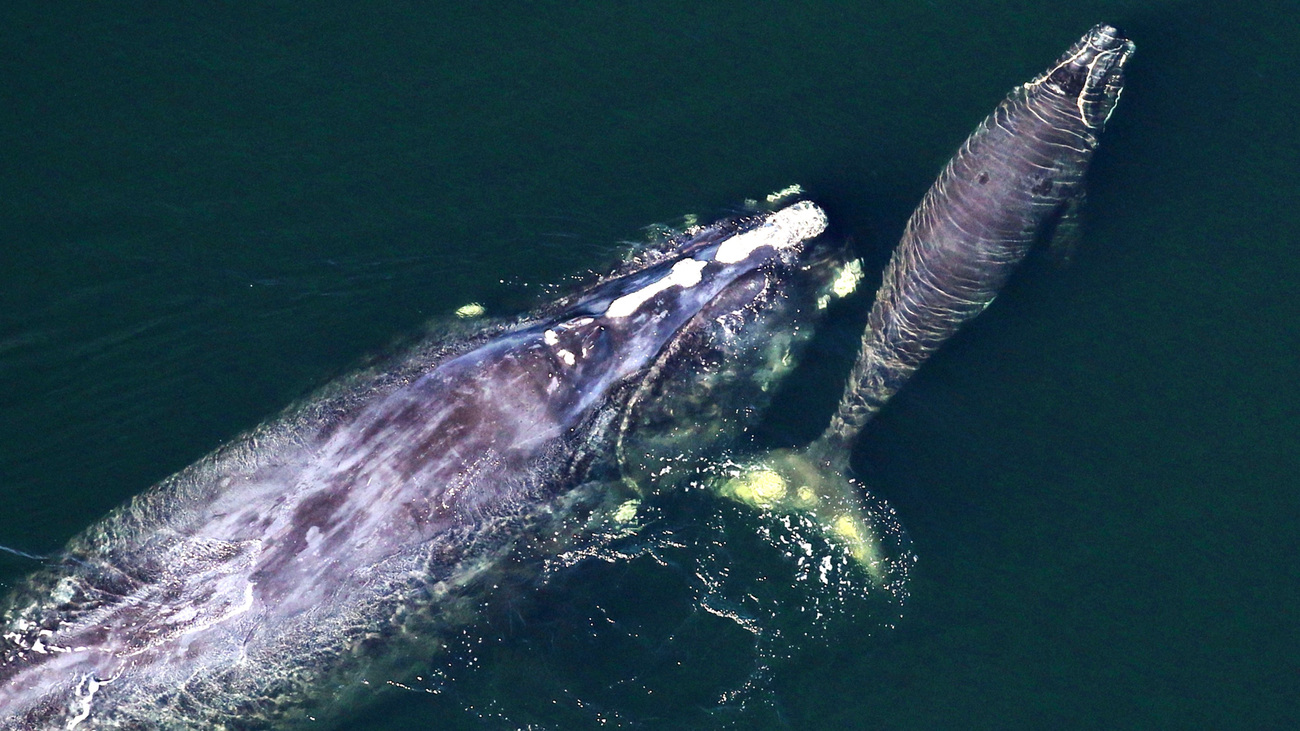
North Atlantic right whales
There are only about 350 North Atlantic right whales left, including only 70 calving-age females. The North Atlantic right whale is one of the world’s most endangered whale species.
In the 2024 calving season, 19 new North Atlantic right whales were born. However, 40 North Atlantic right whale mortalities have been reported so far in 2024, alongside 34 serious injuries, and 65 morbidities.
North Atlantic right whales are classed by the IUCN as critically endangered, facing threats of vessel strikes, entanglement in fishing gear, ocean noise pollution, and climate change. Reducing these threats and saving the North Atlantic right whale is a key part of IFAW’s work.
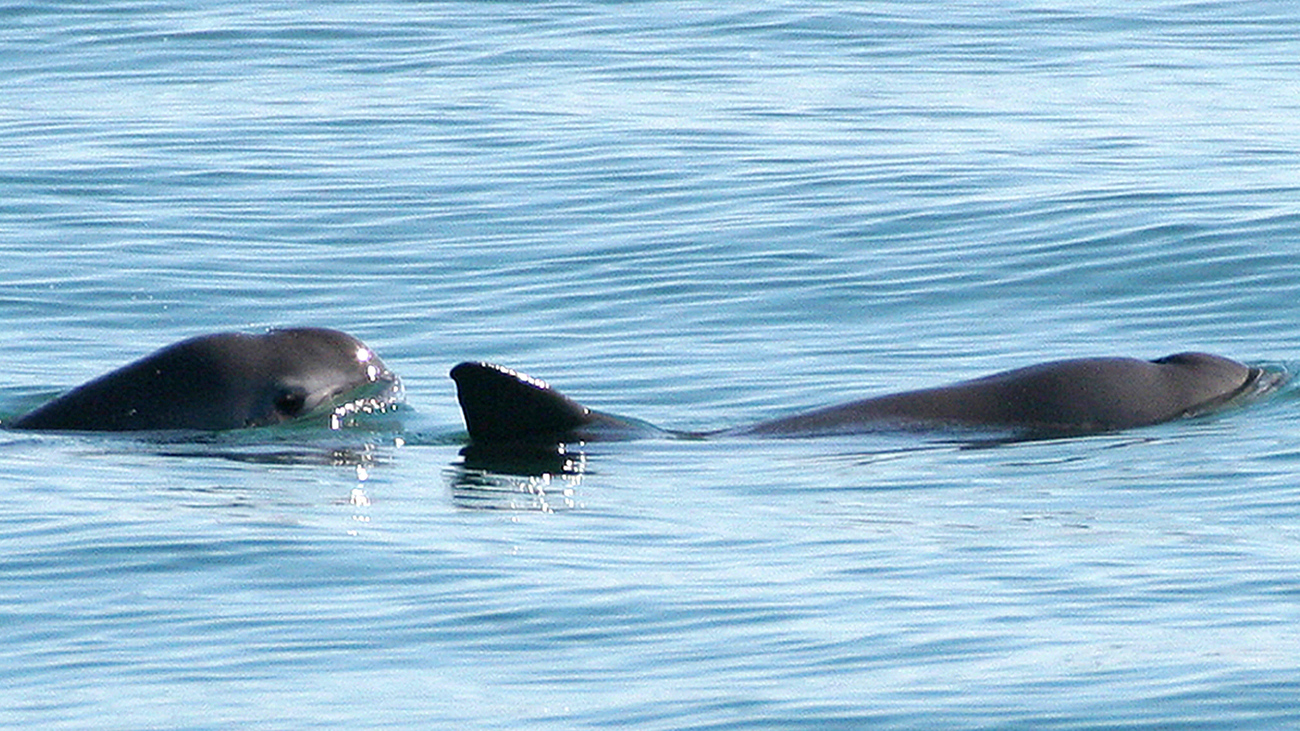
Vaquitas
The vaquita are a small species of porpoise that lives in a very limited range in the Gulf of California, off the coast of Mexico. There are only 8 to 13 vaquitas remaining. They are the smallest species of cetaceans, the group that includes whales, dolphins, and porpoises.
Vaquitas are critically endangered and on the brink of extinction. If the threats of fishing, habitat degradation, and climate change continue to persist, vaquitas will no longer be able to survive as a species.

Pangolins
Two species of pangolin—small, scaled mammals native to Asia and Africa—are endangered, and two are critically endangered, the Sunda pangolin and the Philippine pangolin.
It is unknown how many Sunda pangolins and Philippine pangolins are left. Population estimates of the endangered giant ground pangolin and white bellied pangolin (also endangered) are also difficult to determine. However, the IUCN reports that all pangolin populations are decreasing.
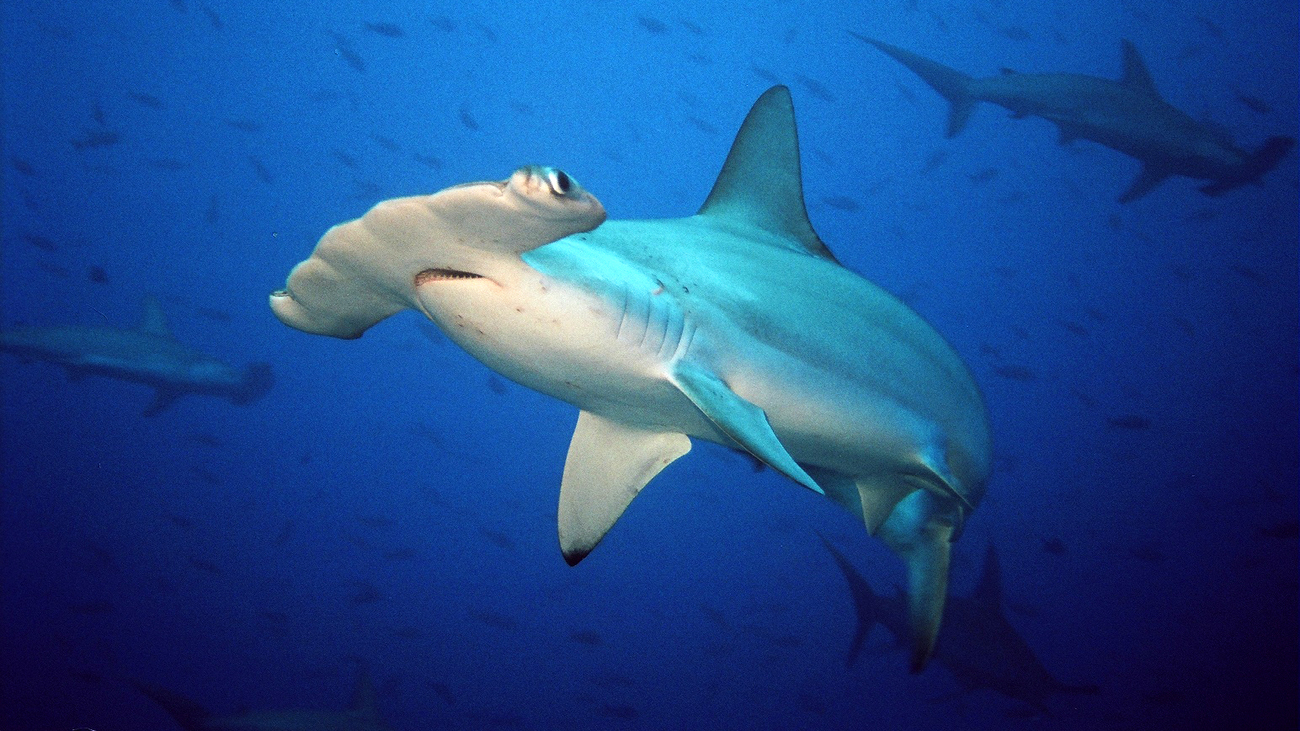
Hammerhead sharks
Five out of the nine species of hammerhead sharks are critically endangered—the scalloped hammerhead, great hammerhead, smalleye hammerhead, scalloped bonnethead, and scoophead shark. It is unknown how many of these hammerhead sharks are left in the world—however, according to the IUCN, all of their populations are reportedly decreasing.
The scalloped and great hammerheads are found around the world, while the smalleye hammerhead’s range is restricted to the coastal waters of South America. The scalloped bonnethead lives on the western coast of Mexico, Central America, Colombia, Ecuador, and Peru. The scoophead shark has a wider range around Mexico, Central America, and South America.

Box turtles
Nine Asian box turtle species are classed by the IUCN as endangered or critically endangered. The critically endangered species of box turtle include Pan’s box turtle, McCord’s box turtle, and the Chinese three-striped box turtle, which live in China, and Bourret’s box turtle, which is native to Vietnam and Laos. Population estimates for these species are unknown.
The Yunnan box turtle, also native to China, may already be extinct in the wild, with estimates of 0-50 individuals remaining.
The southern Vietnam box turtle, Zhou’s box turtle, the Indochinese box turtle, and the yellow-headed box turtle are also among the critically endangered.
Many other types of turtles and tortoises around the world are critically endangered as well.
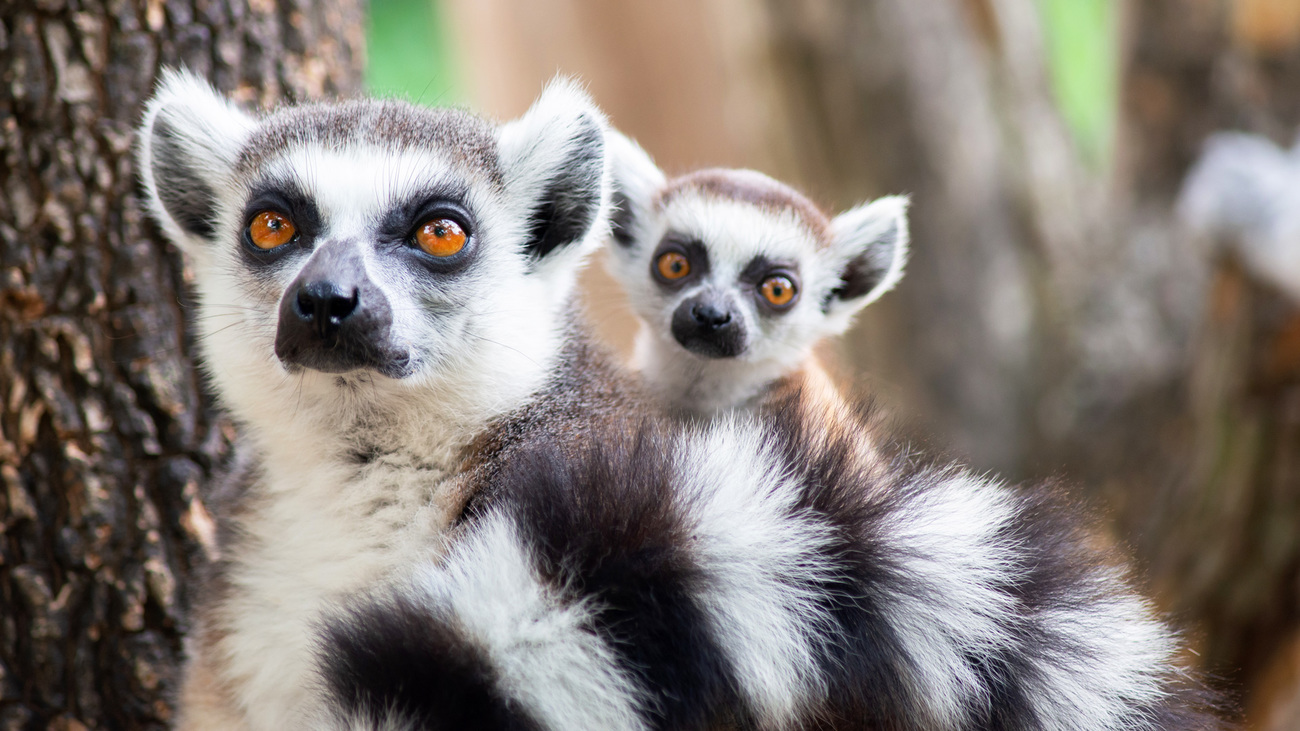
Lemurs
Lemurs are primates found only in Madagascar. There are dozens of lemur species, and around two dozen of them are critically endangered, meaning they face imminent threats to their survival as a species. Habitat loss and degradation are primary threats to lemurs’ survival—about 25% of Madagascar’s tree cover has been lost since just the year 2000, as of 2024.
Can you have a lemur as a pet? No, you should not have a lemur as a pet. Even though they are famous for their adorable appearances, lemurs are wild animals and are not suitable as pets. It is particularly important to discourage the trade and trafficking of lemurs because so many species are critically endangered.
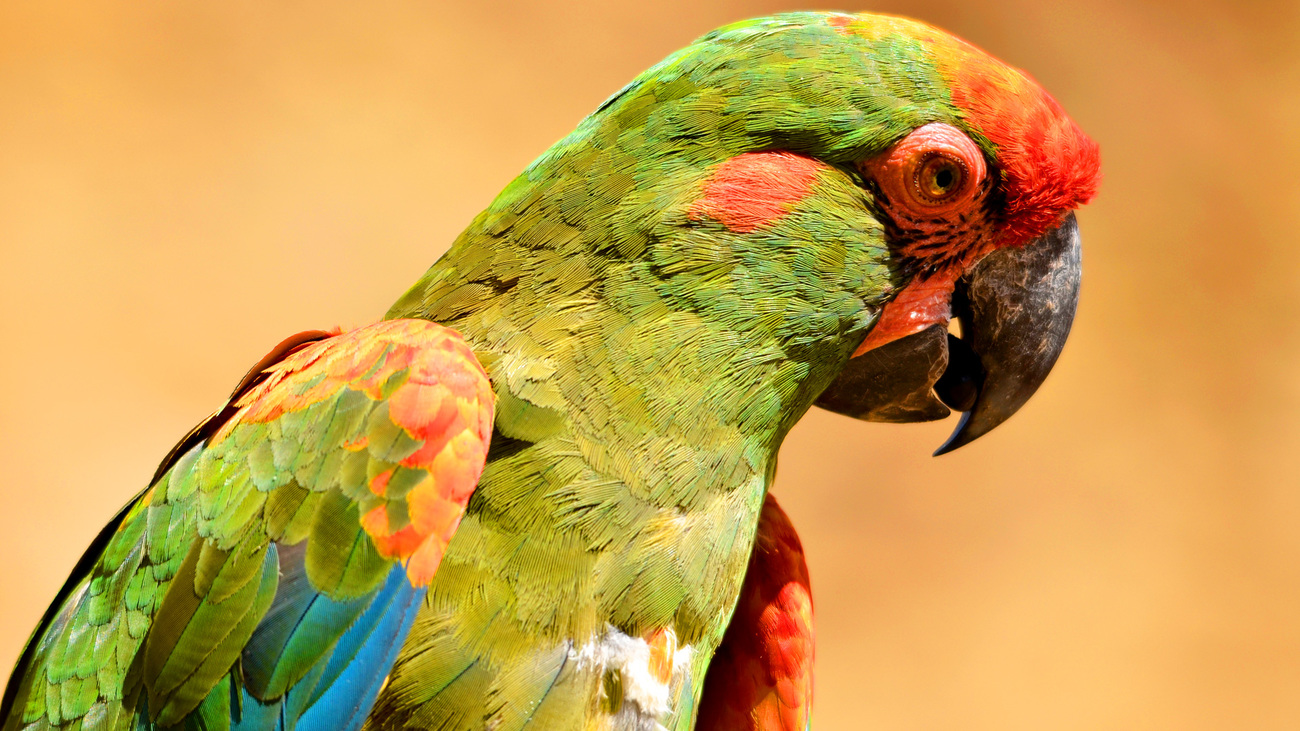
Red-fronted macaws
The red-fronted macaw, a green and red parrot native to Bolivia, is classed by the IUCN as critically endangered. There are only 134-272 remaining in the wild. This macaw faces threats of habitat degradation due to human activity, including agriculture and deforestation, as well as illegal trapping.
One of the red-fronted macaw’s cousins, Spix’s macaw, which is known for its bright blue colouring, recently went extinct in the wild. Though some populations of these blue macaws exist in captivity, the last known individual in the wild disappeared in 2000. Once living in eastern Brazil, Spix’s macaw became extinct due to a combination of the long-term destruction of their woodland habitat and the illegal live bird trade.
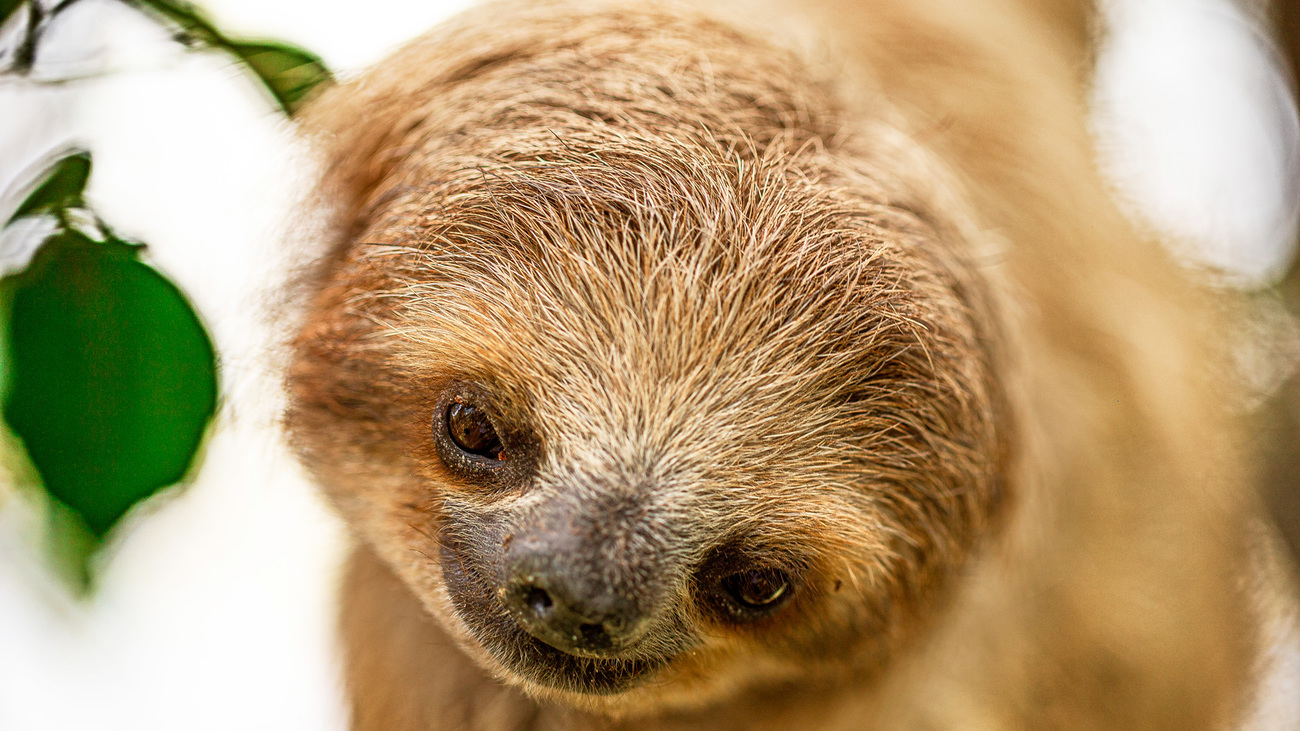
Pygmy three-toed sloths
While most sloths are not endangered, the pygmy three-toed sloth, which lives only on one tiny island off the north coast of Panama, is classed by the IUCN as critically endangered. While there is a lack of accurate information available on this species, estimates suggest there are between 2,000 and 2,500 individuals remaining in the wild. Sloths face threats of human activity, hunting, and deforestation.
IFAW works around the world to help protect endangered and vulnerable animals like these from threats including habitat loss, poaching, wildlife trafficking, and natural disasters. Learn more about how you can get involved.
Related content
Our work can’t get done without you. Please give what you can to help animals thrive.